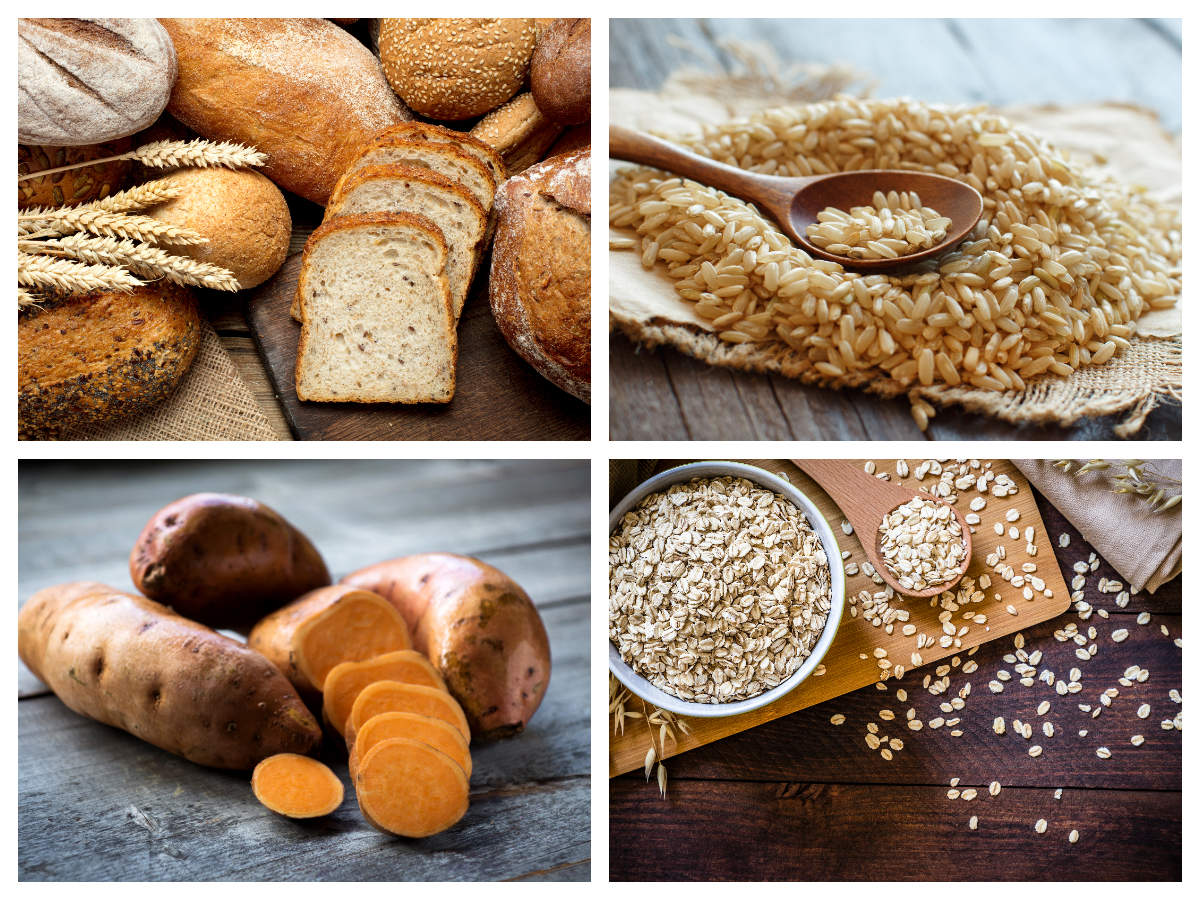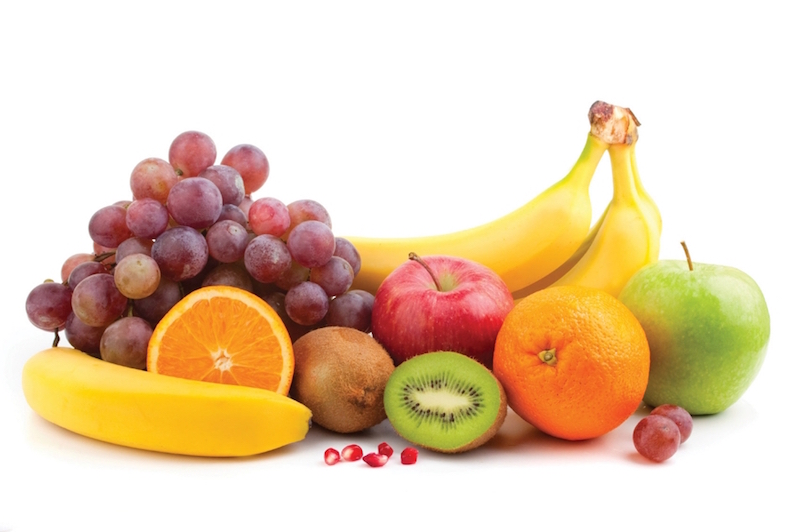What comes to your mind when you heard the word 'sugar'. I bet, your first guess would be your common white crystalline sugar (refined sugars) or honey (unrefined sugars). But what if i told you that your typical meal which might consist the following:
- 3 servings rice + 2 chapatis
- 1 cup dal + 1 serving of potato curry
- and a banana is also loaded with sugars.
IT'S SHOCKING RIGHT!!
Nevertheless, in nutritionist terminology the sugars in those foods are called as ''carbohydrates''. The reason why they are commonly called as sugars is because, any type of carbohydrate (simple or complex) will turn into glucose, which is used for energy upon consumption in our body. The carbohydrates would contribute to our 45 - 60% (250 - 300 grams/day)of total calorie per day. Additionally, our liver and muscles store limited amount of 900grams of glucose in total and the stores may get depleted quickly if you are involved in vigorous physical activity for longer period like 60 min run/intense walk etc.
Now the question is : ARE CARBS GOOD FOR OUR HEALTH? and the answer to that would be WHAT TYPE OF CARBS?
Quality definitely matters
The glycemic index is a tool used to track carbohydrates and their individual effects on blood sugar. Glycemic Index (GI) is a numerical system that measures how quickly and how much a carbohydrate-containing food raises blood glucose levels after being consumed. This scale ranks carbohydrates from (0 to 100) based on how rapidly the rise in blood glucose occurs upon consumption.
Low glycemic foods are found in dates, oatmeal, oat bran, millets, sweet potatoes, peas, legumes, most fruits, and non-starchy vegetables(green leafy and carrots). Medium glycemic foods include lentils, chickpea, rice, sweet corn and whole-wheat bread. At last, High glycemic foods which have high GI increase the risk of type 2 diabetes, heart disease, obesity, and ovulatory infertility. These foods include white bread, cornflakes, potatoes, pumpkin, soft drinks and processed snacks. The best rule of thumb is to eat plenty of nutrient-rich complex carbs and eat simple carbs in moderation.
These are the primary metabolic functions of carbohydrate
POINTERS TO REMEMBER :
- Aim for low GI (glycemic index)and low to moderate GL (glycemic load) foods when possible, to keep both the immediate and overall impact on blood sugar levels controlled.
- Distribute carbohydrate intake evenly throughout the day.
- Timings of the carbohydrate intake has a significant effect while working out. Generally pre-workout (>1 hour) contains easily digestible carbs to avoid discomfort.
- It is proven that Cooking methods including boiling, roasting and shallow frying increased the amount of resistant starch in foods, but cooking methods such as deep frying decreased the amount of resistant starch in food.
- Try to meet the average dietary fiber intake which is 25-40 g/day by filling your quarter of your plate with resistance starch and not with refined sugars. No problems will arise if you can learn to balance and select healthy sugars.
Reference:
https://www.ncbi.nlm.nih.gov/books/NBK459280/
https://dexa.ai/c/60b6202c-1b72-11ef-b87a-7be165125f75
https://www.ncbi.nlm.nih.gov/pmc/articles/PMC10713747/




Comments
Post a Comment